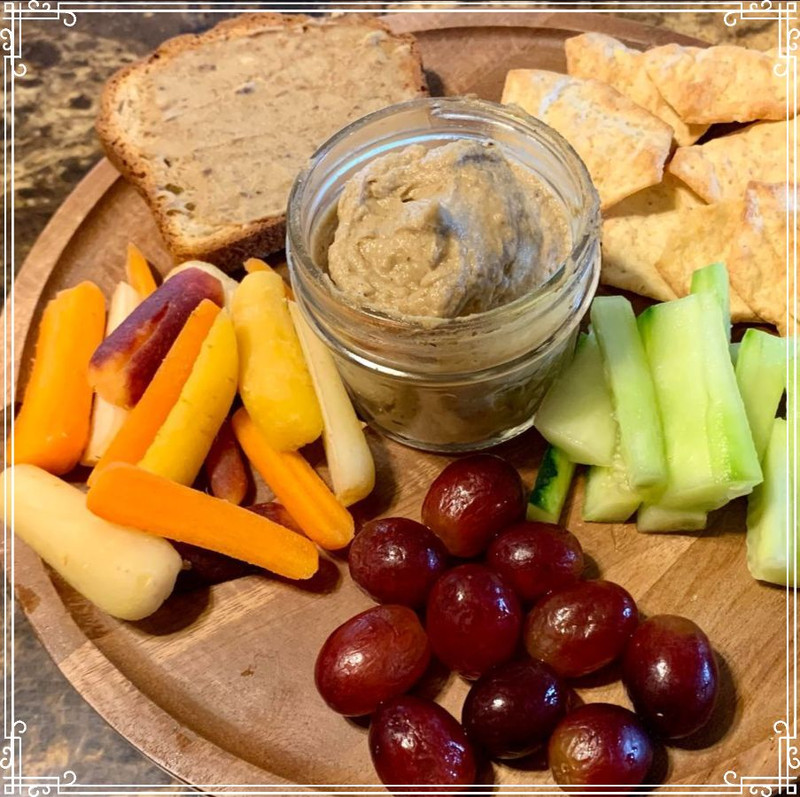At the Museum of Natural and Cultural History in Eugene, there is a beautiful exhibit showing how the local indigenous tribes made ground pits to slow roast Camas bulbs in the summer. Looking at this exhibit piqued my curiosity about Camas, and got me to wondering if it is still eaten today, and how to do so. While roasting pits aren't the common cooking method today, those interested in making slow foods can use a slow cooker to get the same effect. Camas is a healthy starch that contains complex sugars that can aid in the body's production of insulin. This also makes Camas bulbs a good sweetener alternative for people who are sensitive to blood sugar fluctuations.
Camas roots are best harvested in early summer, after the spring flowers have died back. At this time, the roots will be pulling energy back into themselves and storing up sugar for the coming fall and winter months, and will be sweeter after cooking. However, much like potatoes, they are quite versatile and may be harvested earlier to be used as a more savory base.
I wanted to see how much sweetness came through from cooking spring harvested bulbs. I started with 30 bulbs from the Great Camas, from which I trimmed roots and stems, then peeled and washed. Then came the slow part of slow food, where I placed them into a steaming bowl inside of my crockpot. I poured water into the crock pot and turned it on high and let it steam away for 36 hours. I checked it occasionally to make sure there was enough water, and to see what was going on in there. It was quite amazing to watch them slowly get darker and darker. Every time I opened the crockpot to check on them, the house was filled with a smell that was somewhere between roasted parsnip and sweet potato...
After 36 hours, I removed the camas from the crockpot and put them into the food processor. I added a couple tablespoons of water and blended them into a paste. This paste has traditionally been used as a base for other dishes, separated out to use as a sweetener in other recipes, or dried to save for later. I decided to use it as a base for a spread.
After the base paste was established, I added a little oil to thin it out. Wanting to allow the flavor of the Camas to shine through, I used sunflower oil. The longer the Camas blended, the sweeter the spread got, and with a dash of salt the flavor of the Camas brightened significantly.
Even harvested in the spring (while the Camas breaks down the sugars of the roots to grow), this made a spread that was quite sweet, but in a complex and somewhat muted way that felt versatile enough to have multiple uses (again much like a parsnip or sweet potato). I ate the spread on toast, and used it as a dip for vegetables and crackers. I found that it paired nicely with a cracker, slice of cheese, and fruit, really pulling together all of the flavors for a delicious sweet and savory experience.
CAMAS DIP RECIPE:
30 Camas bulbs, trimmed, peeled, and steamed
2-3 Tbsp water
3 Tbsp oil of choice (I used sunflower)
Dash of salt
INSTRUCTIONS:
Trim, peel, and clean Camas bulbs, steam in crock pot for 24-48 hours. In food processor, blend Camas with water to create paste. Once paste is established, add oil and salt and continue blending to desired consistency.
